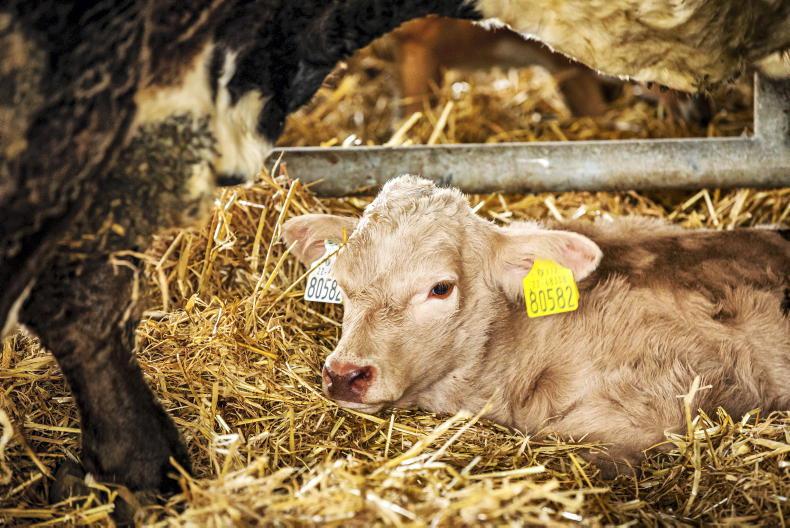Grass
With weather conditions remaining exceptional for the time of year, attention should turn to getting at least some cattle out in the next few days. Farms where slurry was applied in the last few weeks are really starting to see paddocks green up with rising soil temperatures.
Have a plan around early grazing and put some thought into making it a success. Tailor this plan to your farm and try to push the boundaries a little. Nothing ventured, nothing gained!
The aim on dry farms is to have 40% of the farm grazed by 10 of March and 100% grazed by 1 April.
This changes to 20 March and 10 April on wetter farms. Don’t use the silage pit as the gauge to let cattle out. If silage is left over it will keep and may be needed later in spring if weather turns really bad.
Getting some fields grazed early will allow for slurry to be spread and also stimulate some growth. Light cattle like weanlings are ideal to try out first, as they will have a lower risk of poaching.
The later you leave turnout, the quicker you will need to graze the farm to hit targets. With costs remaining high in 2023, focusing on grass could go a long way to reducing them.
Looking after yourself
It’s coming into peak lambing and calving season on many farms around the country. This can be a really enjoyable time witnessing new life being born on farms, and for many it’s the highlight of the year.
However, it can be an extremely stressful time – especially if things don’t go to plan and you get a bad run of luck. Losing a calf is part and parcel of farming and when you have livestock you will have deadstock, it’s the way of life.
Losing two or three in a row can really test your resolve, and oftentimes you’ll end up blaming yourself for some reason or another. It can be really tough on your mental health, and sometimes can really get on top of you.
Trying to get a calf to suck at 4am in the morning in a cold shed with no one around and only the cows to keep you company can be a lonely place. The most important thing to do is have the chat with someone about it if you can at all.
A problem shared is a problem halved, and lifting up the phone to shoot the breeze with someone is important. It’s equally as important if you think that someone is struggling to do the same. Lift the phone and drive into the yard, anything just to have the chat. The next big thing is sleep.
While full time farms are busy places, part-time farms are particularly exposed during peak periods.
Part-time farmers don’t have the luxury of employing someone or grabbing 40 winks in the jeep after an all-night calving session. Rest is important and it will bring perspective when things aren’t going as well as you think they should be.
Farmers are really good at looking after livestock, but maybe not as good looking after themselves.
Looking after your mental health is a really important part of staying healthy, and farmers shouldn’t be afraid to seek help if needed – the same way you would if you broke your ankle.
Some useful phone numbers to seek assistance are AWARE on 1800 80 48 48 or the Samaritans on 116 123. Remember that it’s ok not to be ok.






 This is a subscriber-only article
This is a subscriber-only article










SHARING OPTIONS: